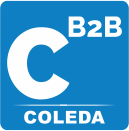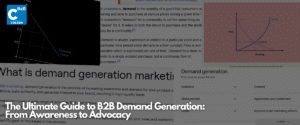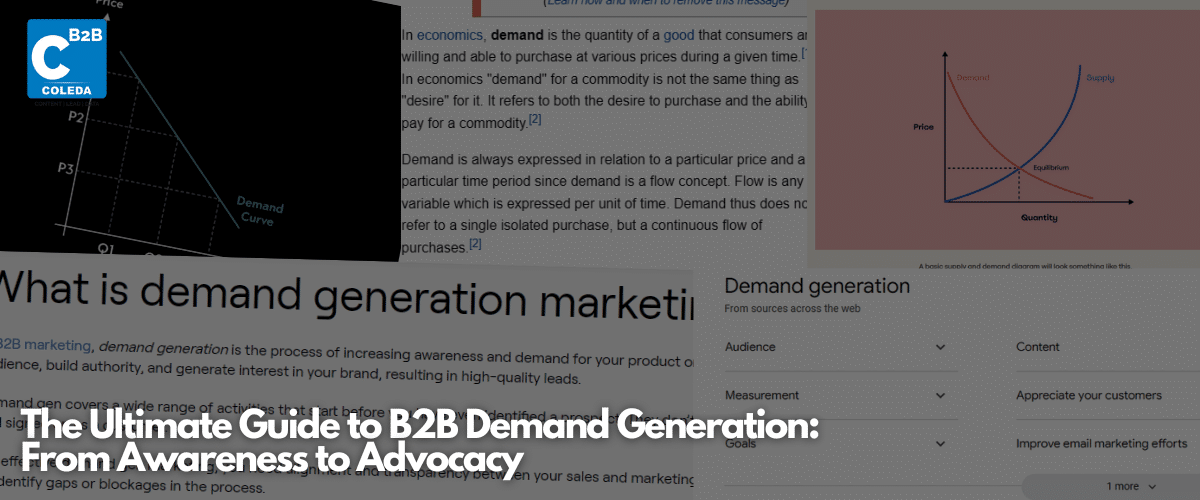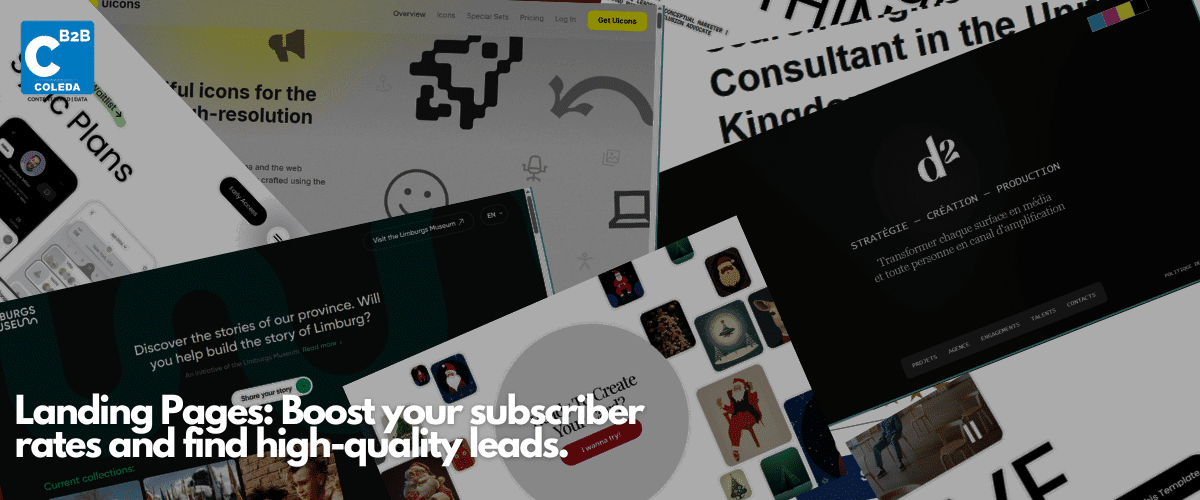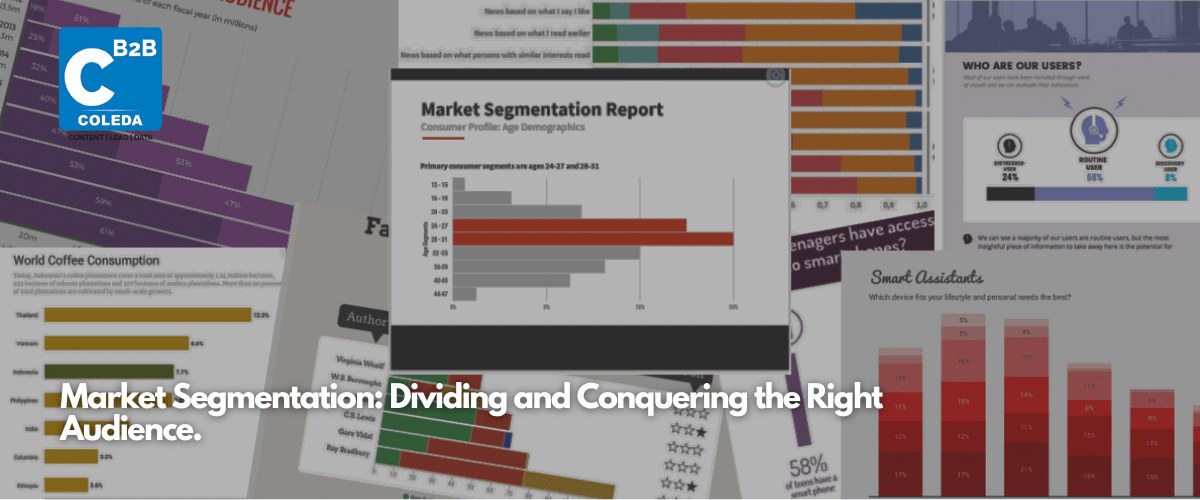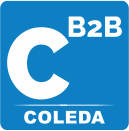Even the most ground-breaking product or service may fail to hit the bull’s eye without a metrics-driven strategy in the B2B marketplace. Identifying leads and driving a successful conversion is daunting, but leveraging a methodology like BANT is almost half the battle won. BANT helps the sales and marketing team as a quantitative strategy for lead qualification and simplifies the B2B lead generation process.
In this article, we gauge how to effectively leverage BANT in the sales funnel to qualify prospects and close sales deals faster.
What is BANT?
BANT is a crucial framework that helps sales teams qualify leads and assess whether the leads can be further pursued to close a sales deal. We can safely regard it as the gold standard for prospecting as it saves the sales team from the hassle of investing time and resources in a wrong lead.
BANT is an acronym that stands for Budget, Authority, Need, and Time.
Each of these terms prompt a set of related questions the sales team must probe to the prospect before adding them to the qualified leads list. We will delve deeper into each term to gauge how clarity regarding BANT’s focus areas boosts deal closure.
From a bird eye view, the focus areas of BANT are:
Budget: Does the lead have the necessary budget to invest?
Authority: is the lead the sole decision-maker for purchases, or is there a higher authority or a team that needs to be consulted with?
Need: Does the prospect’s business need the product or services?
Time: What is the urgency of investing in the product or service?
How does BANT improve lead qualification?
By implementing the BANT framework in the sales funnel, the sales team can be sure of having asked all the necessary questions to push the leads down the funnel. The real challenge is asking these vital questions without sounding salesy or impulsive.
Used strategically, BANT helps in:
- Improved and Accurate Sales Forecasting
- A better understanding of consumers
- Enhanced collaboration with the Marketing Teams
- Having a focused sales approach
- Optimizing time and resources
- Acting as a blueprint for lead scoring
Six tips to master BANT, to effectively qualify B2B leads
1) Identify your Ideal Customer profile
Your business must set clear parameters about the type of business to prospect. Before delving into the BANT framework, keep a crystal-clear vision of the Ideal Customer Profile (ICP). ICP defines aspects like industry, company strength, annual revenue, tenure, technologies used, and geography.
2) Assess pain points
Research the common pain points of such businesses that fall under the umbrella of your ICP. B2B sellers need to reckon with the idea that only if their product or service resolves the B2B buyers’ roadblocks, they can expect successful conversions. Browse LinkedIn profiles and gauge what enterprises are discussing or what solutions your competitors are talking about.
3) Gauge the needs
If your target lead does not need your product, then all the other aspects of BANT would lead you in vain. While prospecting leads, gauge if they need a solution and whether your solution can seamlessly address their problems.
4) Assess budget allocation
After gauging the consumer needs, ensure their budget resonates with your price. Otherwise, the negotiations can unnecessarily lengthen the sales cycle, or in the worst case break the deal. Your prospect being financially prepared to invest in your offers, indicates the gravity of their pain points.
4) Engage with the decision-makers
B2B buyer personas are well-informed, are not impulsive buyers, and often need to consult with a team before investing in a product or service. Establish if the prospect is one of the decision-makers, if not the sole decision-maker, and even in that case, be prepared for a substantial timeframe to reach the last stage of the sales funnel.
5) Know the timeline of the requirement
Once you understand the purchase schedule, you will know if you can prioritize the current leads or keep nurturing them in the long run while engaging the other ready-to-act ones. Your business must deliver a complete suite of solutions within the set timeframe to cater to the client’s requirements.
6) Integrate BANT in the CRM
With technological advancements, the BANT framework is not merely a business principle. There are many BANT-integrated CRMS available in the tech market that you must consider investing in. These BANT-powered CRMs help you in lead scoring and offer metrics that ease your sales goals. These also mitigate data silos between the teams and aligns the sales and marketing teams.
Some CRMs equipped with the BANT framework worth considering are:
- Zoho CRM
- HubSpot
- Salesforce
Though each of these tools has its unique selling points, some of the common capabilities include:
Built-in Lead scoring
These tools automatically ascribe lead scores to the prospects, giving you much visibility of their potential.
Lead scoring automation
The software captures every interaction of the lead with your product, website, or E-mail, and updates lead scores accordingly.
Lead pre-qualification
With these tools, you can add pre-qualification metrics like target company size, annual revenue, and more that help you assess if your current lead fits best with your business goals. Alternatively, your BANT criteria must resonate with the sales goals and processes.
Wrapping it up
Navigating the complex B2B lead generation landscape is taxing. The process becomes more intimidating and hazier without a data-driven approach. A methodology like BANT simplifies lead conversion when one uses it strategically to probe criteria like budget, authority, need, and timeframe. In simple words it prompts you to ask the right set of questions to assess whether your efforts are in the right direction along the sales pipeline. The sales team should use BANT as a strategic tool and identify high-value opportunities. Simultaneously, it must deploy active listening, building rapport, and a human-centric approach in its blueprint. The ultimate aim is to enhance revenue and enterprises must empower their sales teams with tools that aid in the same.
